How to Relax: 8 Easy Techniques
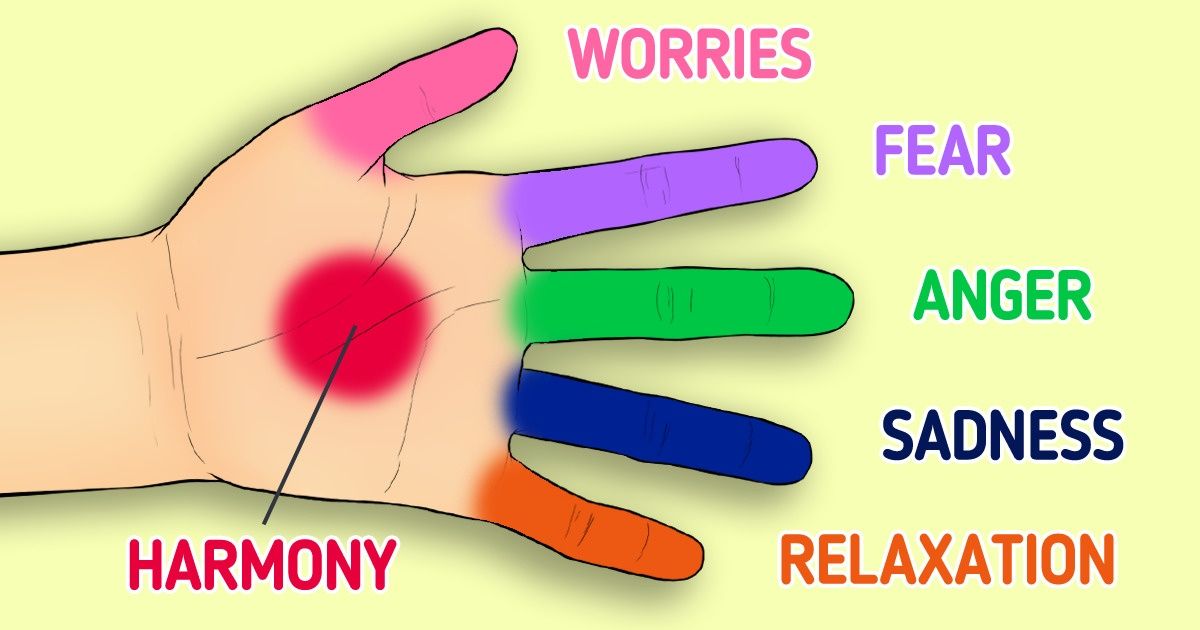
Knowing how to effectively relax can improve your physical and mental well-being and make the quality of your life better. 5-Minute Crafts is ready to show you 8 ways to calm down at any time of the day.
❗ Important: This article is for entertainment purposes only. We do not make any medical claims.
1. Eat specific foods.
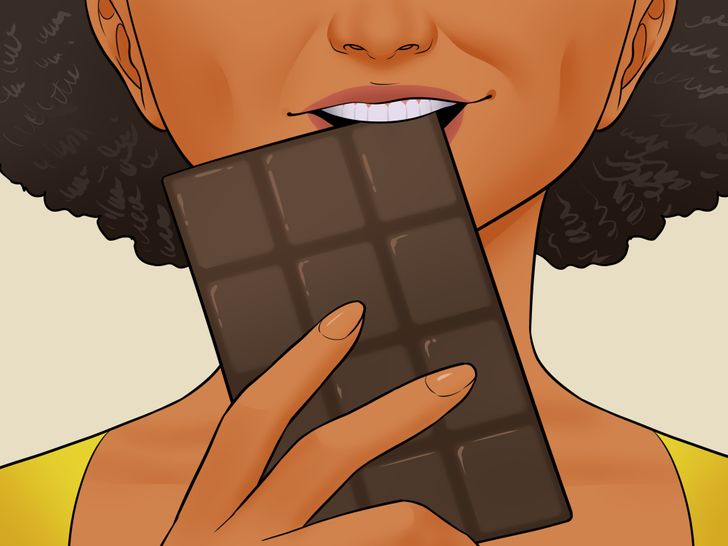
2. Make yourself a warm bath.
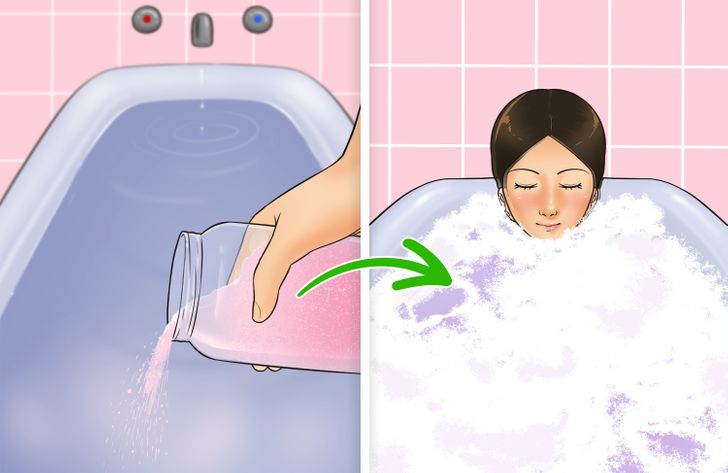
Not only does it help to ease your thoughts but it can also relax your muscles and allow you to sleep better. You can add these ingredients into the bathwater to enhance its soothing benefits:
1. Use Epsom salt — it’s also known as magnesium sulfate. It helps stabilize your mood and relieve tension.
- How to use it: Dissolve 300 grams of Epsom salt in a bathtub filled with hot water.
2. Use lavender essential oil — its aroma helps to control your mood and can effectively calm you down.
- How to use it: Add 5-8 drops of pure lavender essential oil to water.
3. Use dried herbs — the aromas that many herbs offer can help you to relax.
- How to use it: Take 1-quart water, 1/3 oz. dried lavender, 1/3 oz. dried lemon balm, 1/3 oz. dried rose, and soak them in boiled water for 20 minutes. Strain the tea and add the liquid to your warm bath.
3. Use essential oils.
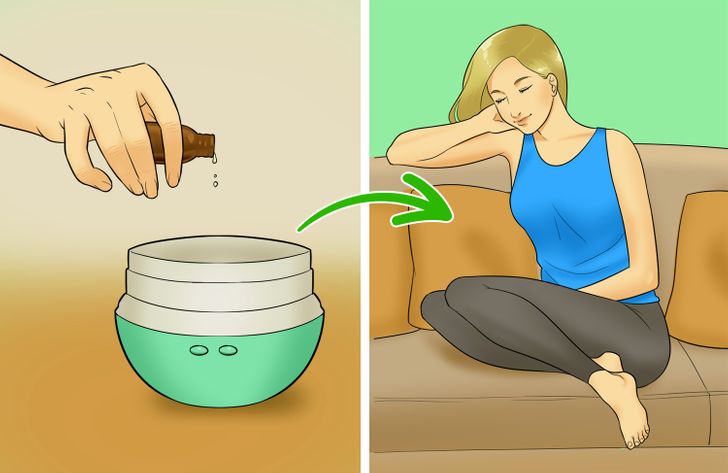
Aromatherapy might help to support your physical and mental well-being. You can simply add oils to an aromatherapy diffuser and inhale. You can also add some drops of essential oil onto a clean tissue and put it in your pillowcase as you sleep. You can choose from these oils:
- Valerian — promotes a good night’s sleep and calms nerves
- Lavender — has a sedative effect
- Jasmine — can calm you down without causing sleepiness
- Holy basil and sweet basil — good for reducing mental tension
- Bergamot — has a calming effect
- Vetiver — can help with sleep
- Ylang ylang — can help elevate your mood
4. Try scalp massage.
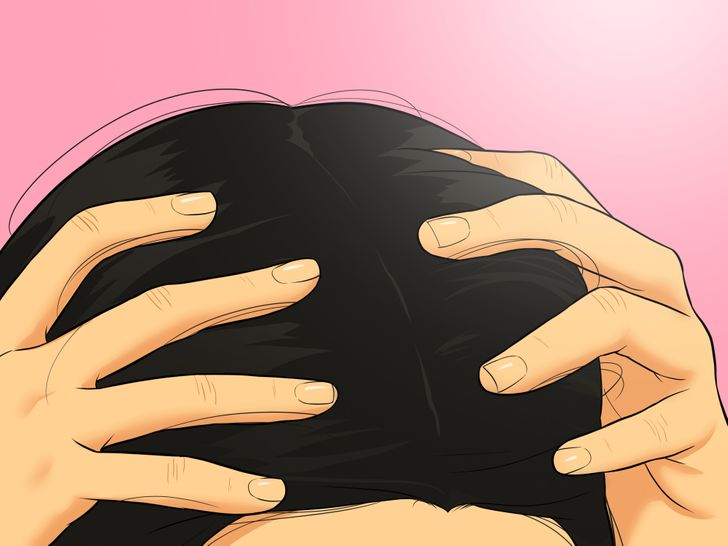
Gentle stimulation of your scalp promotes good relaxation and can help you to release tension. It can also improve blood circulation and might reduce headaches. You can perform it yourself with just your fingertips or you can ask your partner to help you.
How to do it:
- Sit down and bring your fingertips to your head. Use them to gently massage your head in circular motions. Do this all around your scalp.
- Massage it like this for at least 5 minutes, reaching all the areas on your scalp.
5. Try yoga.
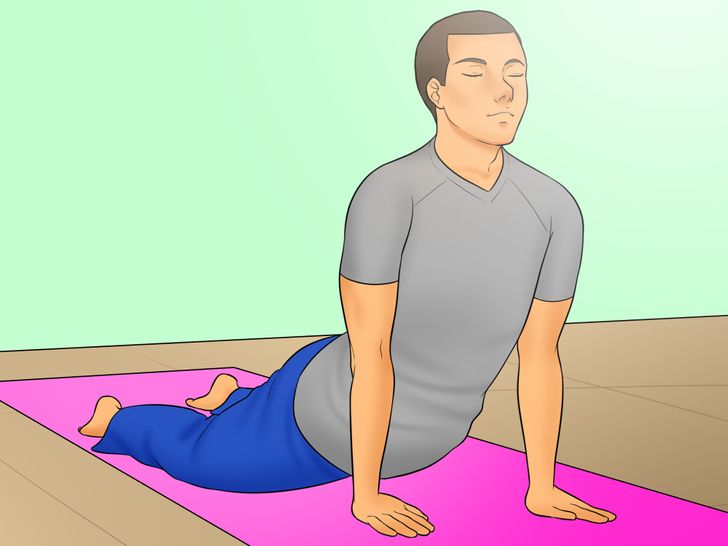
Yoga helps you to improve your physical health and tone up your body. Moreover, it’s a good way to help yourself mentally relax, as doing it can help to lower your stress hormones. You can sign up for a yoga class or simply do it at home by following online lessons.
6. Write it down.
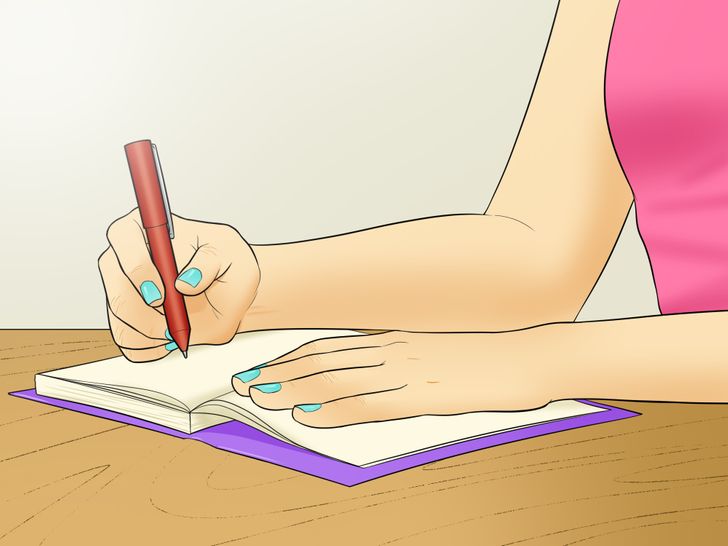
Journaling is a great way to help you manage your inner mental state. Writing down how you feel can help you to visualize your thoughts, find out the things that make you worried, and figure out a way how to manage them. In the end, it can help you to feel better by allowing you to reflect on your mood and give you a chance for positive self-talk.
Tip: You can find out how to start your own diary in our guide here.
7. Get closer to nature.
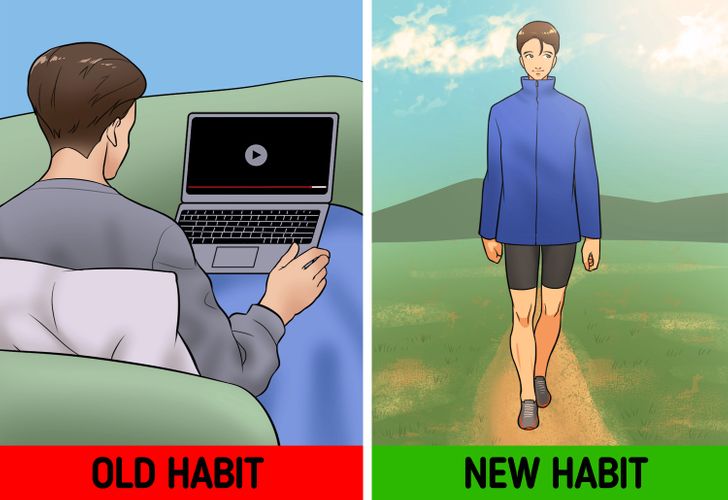
It’s been proven that the sounds of nature can help us to relax our mind and body. Moreover, breathing in the fresh air can help you feel happier and give you more energy. Exposing yourself to sunlight can boost serotonin, the hormone of happiness, and make you feel calmer. Thus, when you have some free time, try to go for a walk in a park or a forest.
8. Massage specific areas on your hand.
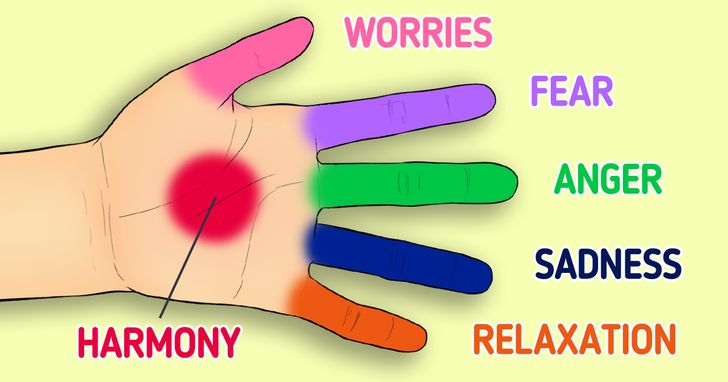
Jin Shin Jyutsu is a technique, originating from Japan, that uses light finger pressure over specific points on the body. According to this practice, the areas on our fingers have energetic points that are responsible for different feelings in our bodies. Holding and gently stimulating them for around 4-5 minutes with deep breathing might help to alleviate tension. For example:
- Thumb — to reduce worries
- Index finger — to reduce fear
- Middle finger — to reduce anger
- Ring finger — to reduce sadness
- Pinky finger — to improve relaxation
- Middle of the palm — to promote harmony